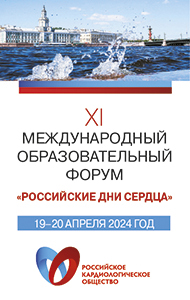Abdominal Aortic Atherosclerosis at MR Imaging Is Associated with Cardiovascular Events: The Dallas Heart Study
Purpose: To determine the value of two abdominal aortic atherosclerosis measurements at magnetic resonance (MR) imaging for predicting future cardiovascular events.
Materials and Methods: This study was approved by the institutional review board and complied with HIPAA regulations. The study consisted of 2122 participants from the multiethnic, population-based Dallas Heart Study who underwent abdominal aortic MR imaging at 1.5 T. Aortic atherosclerosis was measured by quantifying mean aortic wall thickness (MAWT) and aortic plaque burden. Participants were monitored for cardiovascular death, nonfatal cardiac events, and nonfatal extracardiac vascular events over a mean period of 7.8 years ± 1.5 (standard deviation [SD]). Cox proportional hazards regression was used to assess independent associations of aortic atherosclerosis and cardiovascular events.
Results: Increasing MAWT was positively associated with male sex (odds ratio, 3.66; P < .0001), current smoking (odds ratio, 2.53; P < .0001), 10-year increase in age (odds ratio, 2.24; P < .0001), and hypertension (odds ratio, 1.66; P = .0001). A total of 143 participants (6.7%) experienced a cardiovascular event. MAWT conferred an increased risk for composite events (hazard ratio, 1.28 per 1 SD; P = .001). Aortic plaque was not associated with increased risk for composite events. Increasing MAWT and aortic plaque burden both conferred an increased risk for nonfatal extracardiac events (hazard ratio of 1.52 per 1 SD [P < .001] and hazard ratio of 1.46 per 1 SD [P = .03], respectively).
Conclusion: MR imaging measures of aortic atherosclerosis are predictive of future adverse cardiovascular events.
Source: radiology.rsna.org






